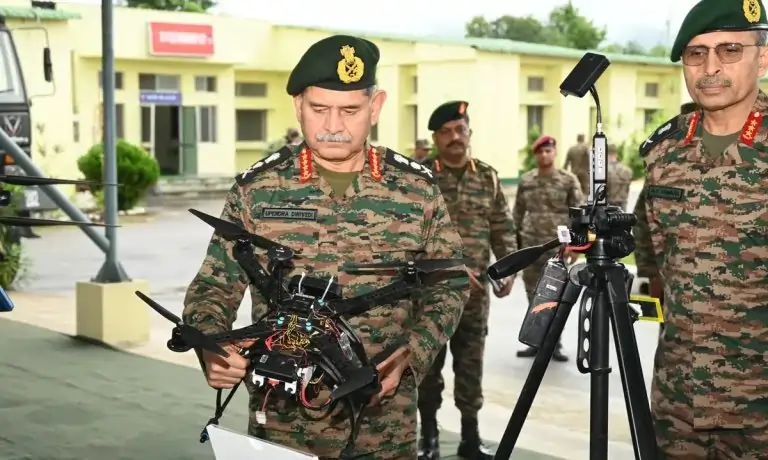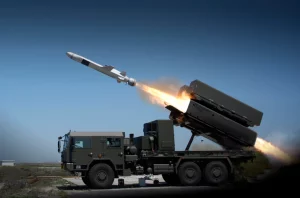Indian defense forces have achieved a significant breakthrough by successfully breaching Pakistan’s air defense systems over two consecutive nights. The operations targeted terror infrastructure deep within Pakistani territory, focusing on major cities such as Lahore and Rawalpindi. This unprecedented action follows the deadly terror attack in Pahalgam that resulted in the deaths of 26 individuals on April 22, prompting New Delhi’s multi-front military response under Operation Sindoor.
Defense sources indicate that Indian drones and missiles encountered minimal resistance from Pakistan’s air defense network, including its HQ-9 missile launchers, which reportedly sustained substantial damage. The precision strikes were directed at multiple terror camps located across Punjab province, particularly those linked to the Lashkar-e-Taiba terror group.
The air incursions came on the heels of a failed attempt by Pakistan to compromise India’s radar systems using loitering munitions. In a rapid response, the Indian Armed Forces launched a series of coordinated drone and missile strikes that penetrated deep into Pakistani airspace without facing interception. This move has been characterized as a significant intelligence and operational victory for India.
The strikes have not only unveiled vulnerabilities within Pakistan’s air defenses but have also raised concerns throughout its military leadership. Notably, Lahore, one of Pakistan’s most fortified cities, featured prominently among the targets, highlighting India’s ability to execute precise military operations while managing to avoid large-scale escalation.
These developments occur against the backdrop of escalating tensions between the two nuclear-armed neighbors. India’s military action is broadly perceived as a calibrated response to the Pahalgam massacre, prompting heightened security protocols in Indian states bordering Pakistan. The Border Security Force (BSF) has been placed on high alert, with reports stating that shoot-at-sight orders have been issued in sensitive areas across Punjab and Rajasthan.
Simultaneously, Indian intelligence agencies have intensified efforts to prevent infiltration and potential sabotage orchestrated by Pakistan’s Inter-Services Intelligence (ISI). In related activities, Punjab Police thwarted a terror plot involving grenades and improvised explosive devices (IEDs) discovered in forested regions, believed to be connected to an ISI-backed strategy.
Public interest in the situation remains pronounced, with increased online searches and social media discussions reflecting growing apprehension about the shifting security dynamics. Many in Pakistan are reportedly seeking updates about Operation Sindoor and India’s drone capabilities.
As India advances its high-precision campaign, the Modi government reaffirmed that its military operations are specifically aimed at dismantling terror infrastructure without targeting civilians. Meanwhile, diplomatic efforts are underway to manage the situation and avert escalation into a more extensive conflict, even as the Indian military maintains a heightened state of readiness along its western front.



















